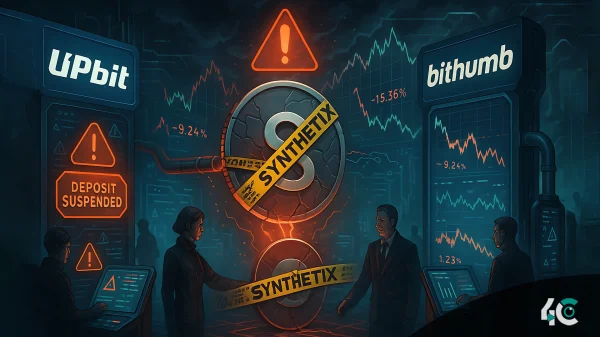As the overall hashrate—the computing capability safeguarding the blockchain—soared to an all-time high of 769.8 exahashes per second (EH) on October 21, Bitcoin’s network security has reached new heights. This boom highlights the robustness of the Bitcoin network and represents a turning point in the development of the coin.
Thanks in part to the evolution of improved mining gear like application-specific integrated circuits (ASICs), the hashrate has been on a consistent rising path since 2021. Since a larger hashrate makes it more difficult for any hostile party to corrupt the blockchain, these strong computers have helped to provide the network with better security.
For miners, however, the increasing hashrate presents difficulties, especially considering the coming bitcoin halve in 2024. Smaller mining businesses might find it difficult to stay viable if block payouts drop and mining expenses keep rising. Many mid-sized companies with less efficient equipment might have to move to areas with less expensive energy sources or risk closure.
TeraWulf, one of the biggest Bitcoin mining businesses, co-founder and COO Nazar Khan underlined the need for energy-efficient infrastructure for long-term success. In the post-halving world, he pointed out, companies with antiquated equipment will have significant challenges. Valued at more than $670 million, TeraWulf intends to increase its mining activities despite the halved effect on block payouts.
Recently, Bitcoin miners have been holding onto their holdings despite the increasing difficulties, sending only a tiny quantity of Bitcoin to exchanges. This implies that many mining companies are not rushing to sell their interests and are more hopeful about upcoming price hikes.
The record-breaking hashrate indicates the continuous resilience of Bitcoin’s network as its mining scene changes; smaller participants in the market will have to react fast to survive in an environment growingly competitive.


































